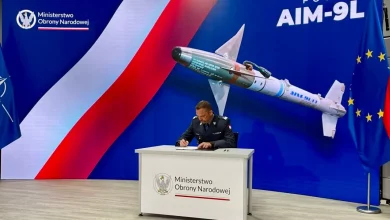Kazakhstan expands domestic arms production

Amid rising geopolitical uncertainty and a complex regional security environment, Kazakhstan is accelerating the development of its domestic defense industry, aiming to reduce dependence on foreign suppliers and equip its armed forces with modern, locally manufactured systems.
According to official statements and company updates, Kazakhstan is moving beyond basic assembly operations toward full-scale production of armored vehicles, weapons, communications equipment, and protection systems.
A key driver in this effort is Kazakhstan Paramount Engineering, a defense company leading several industrial initiatives backed by private investment and strategic international partnerships.
The firm has already mastered the production of next-generation armored vehicles, including the Alan-2, tailored for special forces and emergency units, as well as the Barys 6×6 and Barys 8×8 infantry fighting vehicles.
The company is now preparing to launch serial production of its new amphibious combat platform, the Barys A.
Kazakhstan Paramount Engineering had also completed development of the country’s first indigenous combat turret, designed for integration on light armored vehicles. Parallel work is underway on manufacturing various calibers of ammunition, highlighting a broader effort to establish a vertically integrated defense production base.

Kazakhstan’s push comes at a time of heightened strategic awareness in Central Asia. With neighboring Russia and China increasing their military presence and technological capabilities, Astana has emphasized the need to modernize its forces rapidly and on its own terms.
“Kazakhstan is no longer limited to assembling kits,” said an industry representative. “It is now moving into complete defense production—adapting foreign technologies through license agreements, and investing in systems tailored to the country’s operational environment.”

By building up its defense clusters and securing partnerships with international defense companies, Kazakhstan seeks to enhance self-reliance while aligning with global industry standards. The strategy also includes expanding domestic capabilities in secure communications and battlefield digitalization.





